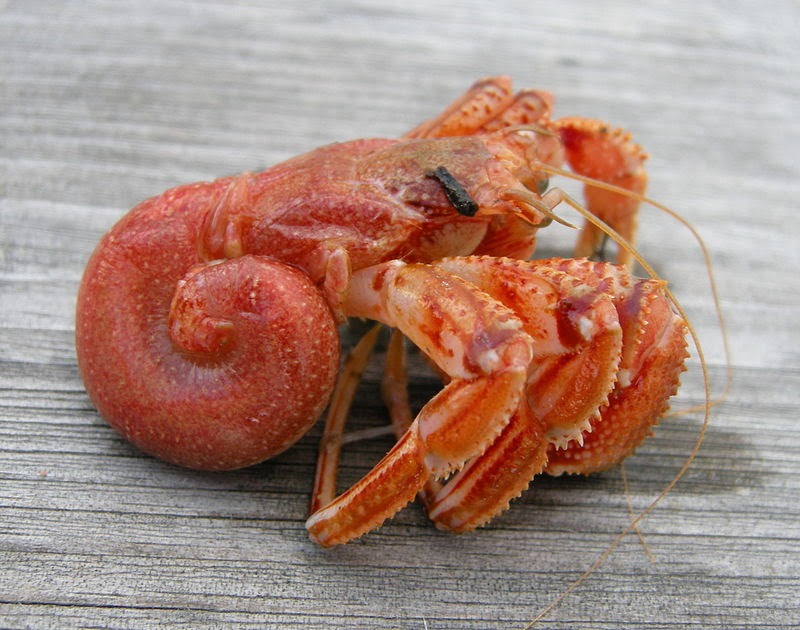 |
| Machu Picchu has many unique features and wonders. |
Wonders of the world are often questioned
because it is the pride of civilization and even to the people in that
particular country. There is no definitive list of the 7 wonders of the worlds,
because it is based on the lists issued by various groups based on different criteria.
The first listing of 7 wonders of the world was
done by Herodatus (484 - ca. 425 BCE), and the scholar Callimachus of Cyrene
(ca 305-240 BC) at the Museum of Alexandria, their original texts unable to be
saved but still remains as important reference.
The first listings of 7 wonders are;
- Great Pyramid of Giza
- Hanging gardens of Babylon
- Statue of Zeus at Olympia
- Temple of Artemis at Ephesus
- Mausoleum of Halicarnassus
- Colossus of Rhodes
- Lighthouse of Alexandria
 |
| Cairo Citadel sebagai antara 7 pilihan klasik. |
Out of this list only one that still remains to
this day is the 'Great Pyramid of Giza’. And from this list, new listings made
by various parties, various times and on various criteria.
Among these listings the popular objects come
from the medieval era that still exist until today where the things still can
be seen (or evidence of its history is still stored properly). The list is as
follows;
- Stonehenge
- Colosseum
- Catacombs of Kom el Shoqafa
- Great Wall of China
- Porcelain Tower of Nanjing
- Hagia Sophia
- Leaning Tower of Pisa
Other list includes: -
- Taj Mahal
- Cairo Citadel
- Ely Cathedral
- Cluny Abbey
This list last longer, but the listing criteria
is unclear because it is not organized by any professional body. The question
is whether the definition of wonders about all of these objects?
In addition, there’s a listing of wonders
objects in the construction of the 20th century has also been issued by the
American Society of Engineers to showcase modern constructions. In this list of
wonders, objects that listed are as follows;
- Channel Tunnel
- CN Tower
- Empire State Building
- Golden Gate Bridge
- Itaipu Dam
- Delta Works, Netherlands
- Panama Canal
While in 2001, an effort undertaken for new
listings ‘wonders of the world’ was runs by a body known as the Swiss
New7Wonders Foundation to choose from a list of 200 nominated objects, from
this list, 21 of which are listed to the final stage were announced on January
1, 2006. The list of winners was announced on 7 July 2007 in Lisbon, Portugal.
 |
| Petra, Jordan is absolutely unique. |
The list is as follows;
- Great Wall of China, China
- Petra, Jordan
- Christ the Redeemer, Brazil
- Machu Picchu, Peru
- Chichen Itza, Mexico
- Colosseum, Italy
- Taj Mahal, India
** Great Pyramid of Giza, Egypt (honor candidate)
 |
| List New7 wonders of the world. |
In the method listing this time it is done by
public vote via the web and sms. Many countries do vote campaign in their
respective countries for several months through the media and so on. So this
method will favor only those countries that have more population!
Following on from that, there are again some 7 listings
of other things by various parties covering various ranges of subjects. Listings
of 7 objects became the current trends and it is easier to get people’s attention.
 |
| Great Wall of China, still remains in the New7 wonders of the world. |
So ‘7 wonder of the world’, is not a list that
is adequate to represent wonders objects in the world. This is because there
are lots of marvelous objects, old or new construction with various values not
only in terms of construction, the function and also the technologies used
during its construction. Then it should be given a wider scope to ensure that
the main purposes of the listing.
While recognizing objects of ‘wonders of world’
the more important list to know is the list of 'World Heritage' as issued by
UNESCO (United Nations Educational, Scientific and Cultural Organization) in
identifying cultural heritage or natural areas that have value to human
civilization. These lists are important because it can give you lots of useful
information.
So it is up to you to make a judgment about the
7 things of wonders as it may be different for each individual.



























